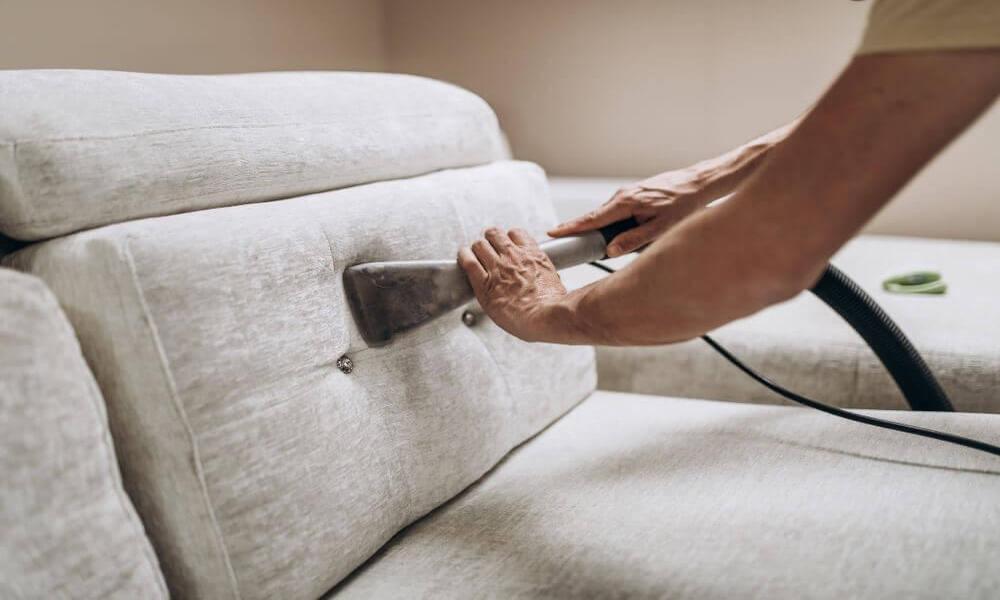Keeping our furniture clean is essential not only for aesthetic purposes but also for maintaining a healthy and hygienic living environment. Regular cleaning may be sufficient for day-to-day maintenance, but occasionally, deep cleaning becomes necessary. Deep cleaning involves thorough and intensive cleaning of furniture to remove deep-seated dirt, stains, and allergens. However, many people find the idea of furniture deep cleaning daunting and tiresome. In this article, we will explore whether furniture deep cleaning is a headache or a fruitful endeavor.
The Initial Dread
Heading into a furniture deep cleaning session, many people feel overwhelmed by the prospect of moving heavy furniture, dealing with stubborn stains, and spending hours on the task. It’s natural to feel a sense of dread when faced with a significant cleaning project. However, it’s important to remember that the initial reluctance can be overcome with proper planning and the right tools.
The Satisfaction of a Fresh Start
Once the deep cleaning process begins, the initial dread can give way to a sense of accomplishment and satisfaction. As you start to see the transformation of your furniture from dirty and worn to clean and refreshed, it can be incredibly rewarding. Witnessing the removal of deep-seated grime and stains can bring a sense of renewal and make the effort feel worthwhile.
Improved Aesthetics
One of the most apparent benefits of furniture deep cleaning is the improvement in aesthetics. Over time, furniture can accumulate dust, dirt, and stains that can mar its appearance. Deep cleaning helps restore the original beauty of the furniture by removing these unsightly blemishes. Clean and well-maintained furniture can enhance the overall aesthetics of your living space, giving it a fresh and inviting look.
Extending the Lifespan
Regular furniture deep cleaning can significantly extend the lifespan of your furniture. Deep-seated dirt and stains can deteriorate the fabric or surface of furniture over time, leading to premature wear and tear. By removing these contaminants, you reduce the risk of damage and preserve the integrity of your furniture. This can save you money in the long run by delaying the need for replacements.
Improved Indoor Air Quality
Furniture can harbor allergens, dust mites, pet dander, and other particles that contribute to poor indoor air quality. Deep cleaning your furniture helps remove these allergens and pollutants, resulting in cleaner and healthier air in your home. This is especially beneficial for individuals with allergies or respiratory conditions, as it reduces the risk of triggers and promotes better overall well-being.
Preventing Infestations
Neglected furniture can become a breeding ground for pests such as bed bugs or mites. Deep cleaning can help prevent infestations by eliminating these pests and their eggs. Regular cleaning routines can act as a deterrent, ensuring that your furniture remains pest-free and hygienic.
Conclusion
While furniture deep cleaning may initially seem like a daunting task, it is undoubtedly a fruitful endeavor. By overcoming the initial dread and embracing the process, you can transform your furniture and create a healthier and more appealing living space.


